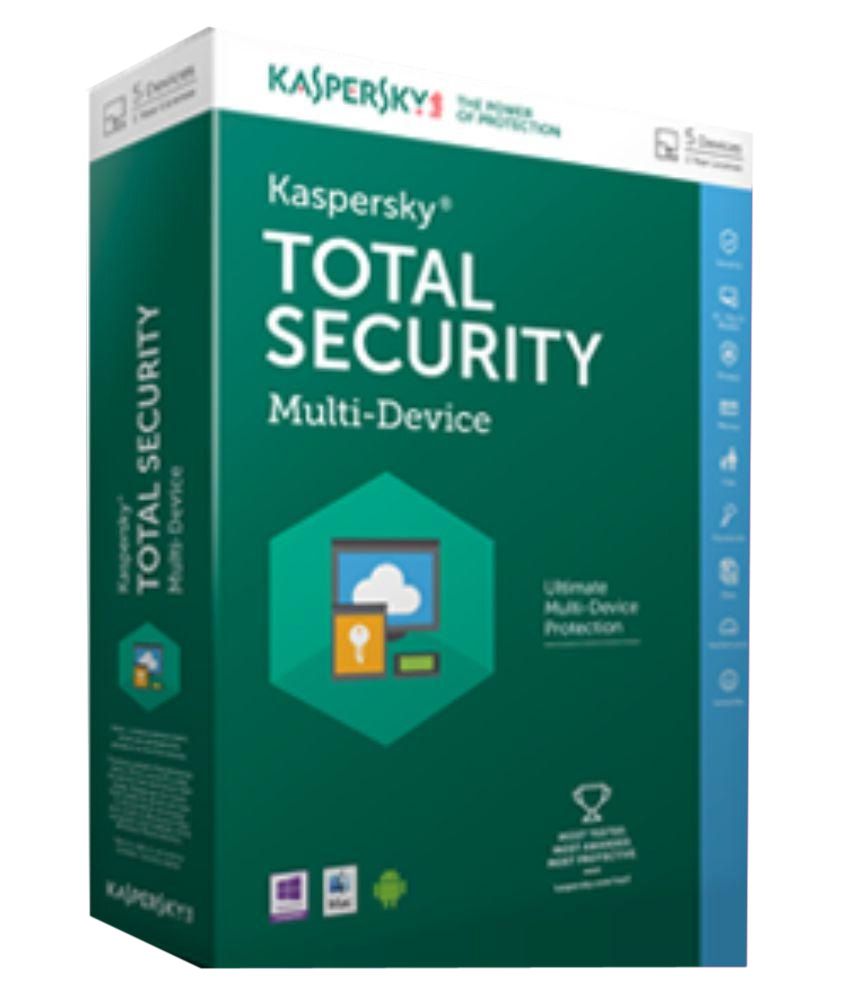
With many technologies, the first step would be to secure the device itself. How, then, can we protect our smart homes against intrusion? The bigger connected home technology gets, the juicier a target it will be. If we’ve learnt anything about cybercriminals, it’s that the more ubiquitous a technology becomes, the more value for them there is in attacking it. We’ve also seen several attacks on poorly-secured routers and other smart devices, transforming them into massive botnets running Distributed Denial of Service (DDoS) attacks on corporations. Meanwhile, last August the security researcher, Mark Barnes, demonstrated that it was possible to hack an Amazon Echo speaker and listen into a live audio feed. Eight of 15 devices tested had significant security flaws, including one that enabled connected security cameras to be hacked using an unprotected administrator’s account, allowing hackers to access live feeds from the cameras and even move them to change the view. In June last year, a Which? investigation found that hackers could get past the security in Virgin’s Super Hub 2 router and gain access to connected smart appliances, including a child’s toy and a domestic Wi-Fi camera. Just as we’re getting used to the idea of securing our PCs, smartphones and tablets against internet threats, we’re bringing in a range of devices that combine internet connectivity with the potential to spy on us and affect our daily lives.

The sad thing is that these concerns aren’t misguided. Almost 40% said that they didn’t feel informed at all.

Fewer than 20% of respondents said they felt fully informed about the security risks. When Deloitte surveyed UK households for a report released last year, nearly 40% of us were concerned about connected home devices tracking our usage, while more than 40% were worried these devices might expose too much about their daily lives. Yet this growing interest is tempered by concern. The research company, Statista, expects to see control and connectivity smart home technology in 7.9 million UK households by 2022. Adoption of smart thermostats and smart home monitoring and control devices is rising, too. The 2017 TechUK State of the Connected Home report found that 77% of us were aware of these technologies, and 80% of us owned at least one connected home device. More and more of us are bringing connected home technologies into our household, whether smart lighting or smart heating or the smart speakers that can control them (one in ten UK households now owns one). It’s taken a long time, but the idea of the smart home is gaining momentum.


 0 kommentar(er)
0 kommentar(er)
